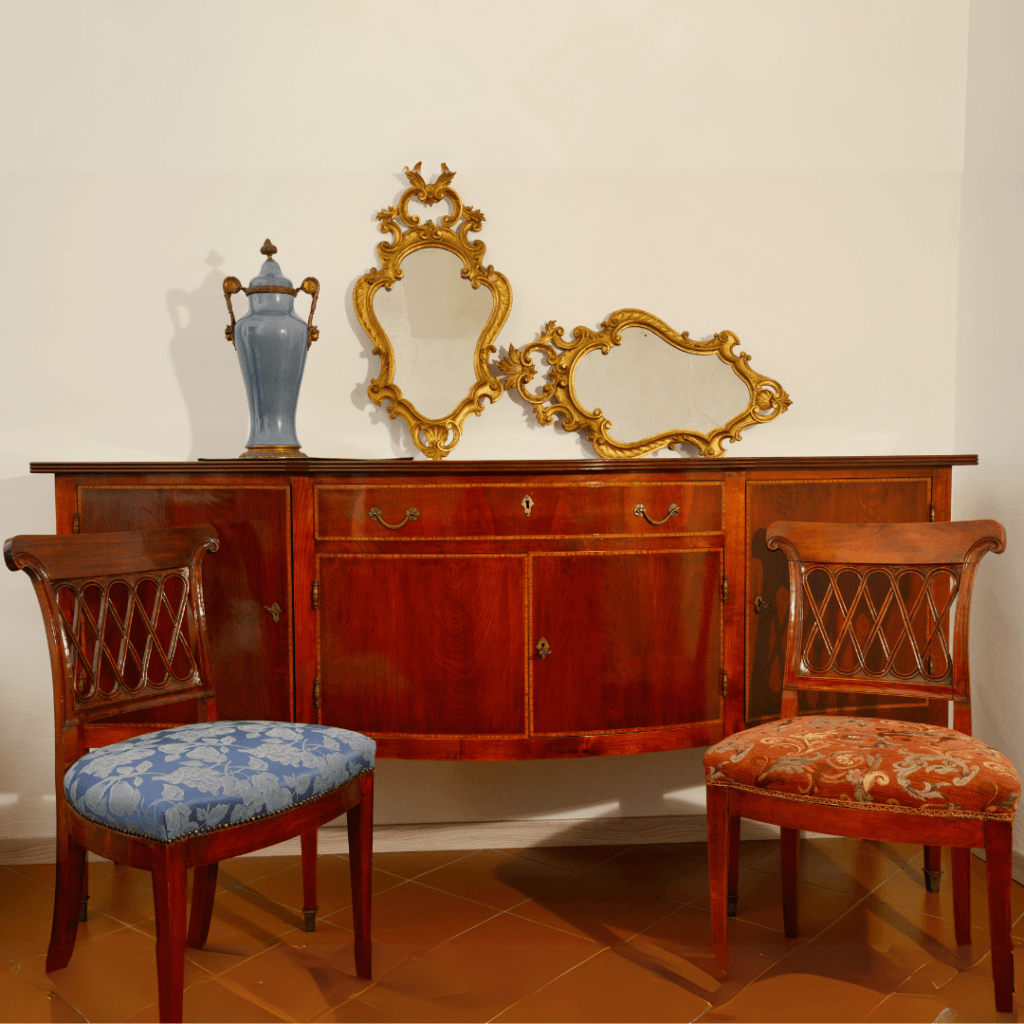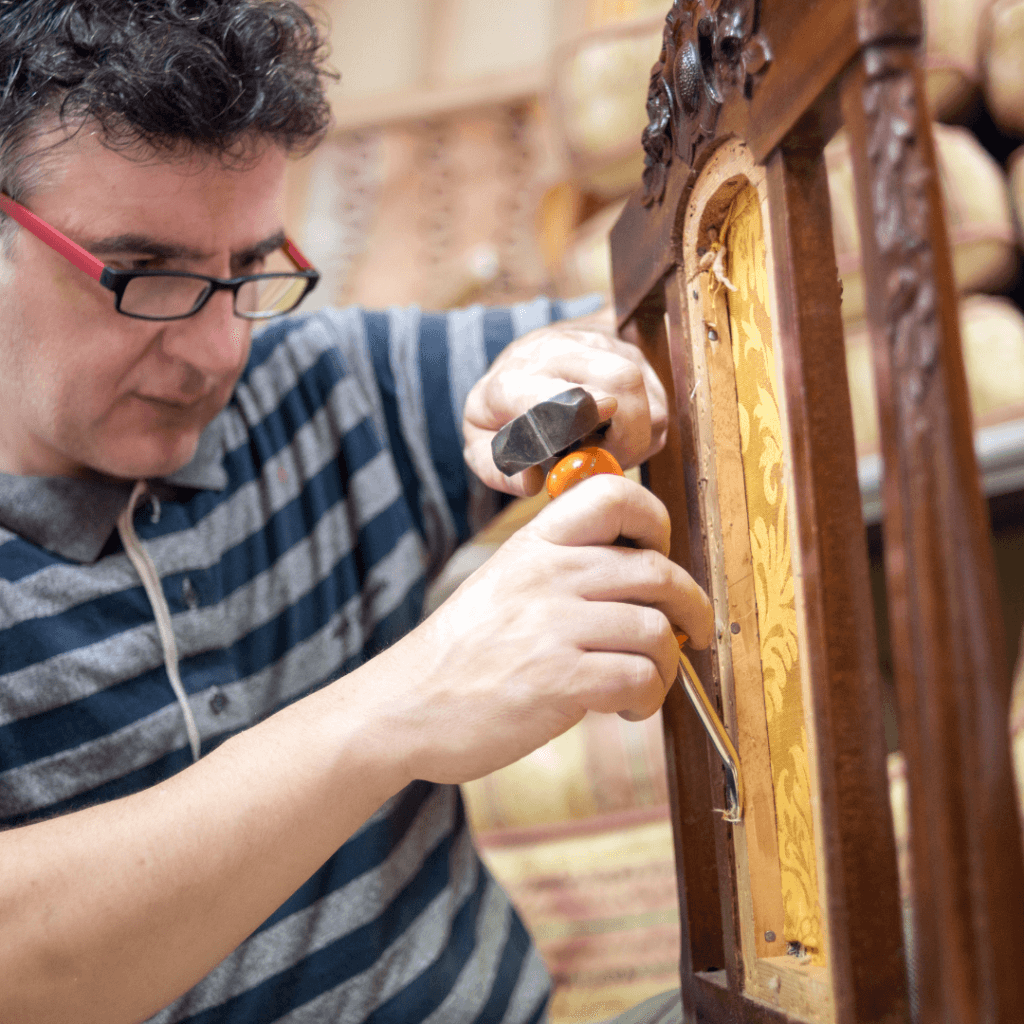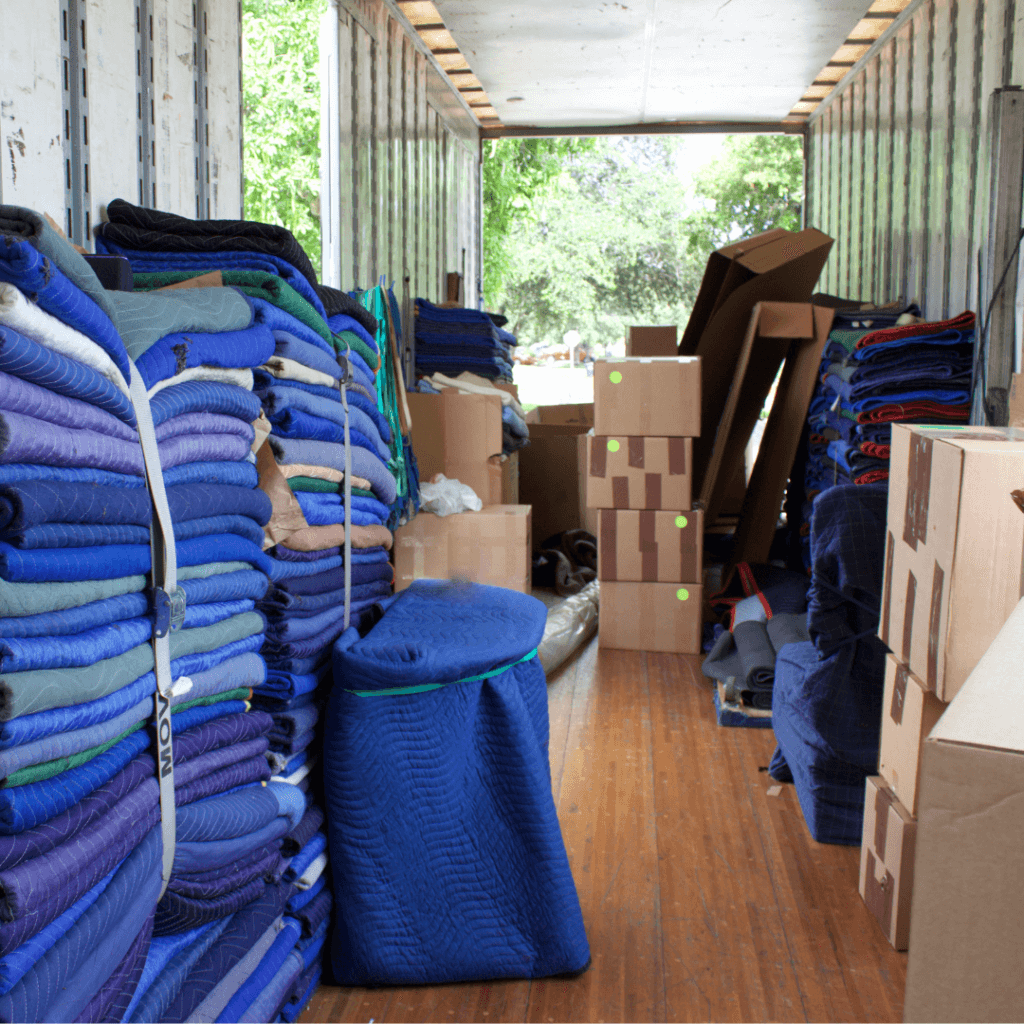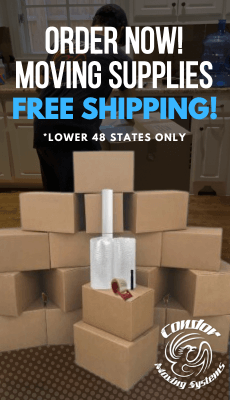
10 Tips for Moving Antiques and Fragile Items!
Moving can be a daunting task, especially when it comes to transporting delicate and valuable items such as antiques and fragile belongings. Whether you’re relocating across town or across the country, ensuring the safe transport of these precious items requires careful planning and attention to detail. In this guide, we’ll explore best practices for moving antiques and fragile items, providing you with tips and techniques to safeguard your treasured possessions throughout the moving process. From packing and labeling to hiring professional movers and conducting post-move inspections, we’ll cover everything you need to know to ensure a smooth and stress-free relocation for your most fragile belongings.
1. Protective Wrapping
Wrap delicate items individually with bubble wrap or packing paper to provide cushioning and protection against impacts. Delicate items such as glassware, porcelain figurines, or ceramics are susceptible to damage during transit due to their fragile nature. To safeguard them, wrap each item carefully with several layers of bubble wrap or packing paper. This provides a buffer against shocks and prevents items from knocking into each other, minimizing the risk of breakage.
2. Sturdy Moving Boxes
Use sturdy moving boxes that are appropriately sized for each item to prevent shifting during transit. Choosing the right box size is crucial for ensuring the safety of your belongings during the move. Select sturdy boxes that can support the weight of your items without collapsing. Additionally, avoid overpacking boxes to the point where they bulge or are difficult to lift, as this can increase the likelihood of items shifting and getting damaged during transit.
3. Label Boxes Clearly
Label boxes containing fragile items clearly with “Fragile” and “Handle with Care” to alert movers and prevent mishandling. Proper labeling is essential for ensuring that fragile items receive the special care they require during the moving process. Clearly mark boxes containing fragile items with “Fragile” labels and “Handle with Care” instructions to alert movers to exercise caution when handling these boxes. This simple step can help prevent accidental damage and ensure that your delicate items arrive safely at their destination.
4. Specialty Packing Materials
Utilize specialty packing materials such as foam peanuts or foam inserts for added protection for particularly delicate items. For extremely fragile items or those with intricate shapes, additional protection may be necessary. Specialty packing materials such as foam peanuts or foam inserts can provide an extra layer of cushioning to safeguard delicate items from impacts and shocks during transit. These materials conform to the shape of the item, providing targeted protection and minimizing the risk of damage.
5. Disassemble If Possible
Disassemble large or intricate antiques carefully, keeping track of all parts and hardware to ensure proper reassembly at the destination. Large or intricate antiques may need to be disassembled before moving to facilitate safe transport. Take care to document each step of the disassembly process and keep track of all parts and hardware to ensure smooth reassembly at the destination. Consider taking photographs or making notes to assist with reassembly, and store small parts in labeled bags to prevent loss.

6. Hire Professional Movers
Hire professional movers with experience in handling delicate and valuable items to ensure safe transport. Entrusting the transportation of delicate and valuable items to experienced professionals can provide peace of mind and minimize the risk of damage during the move. Professional movers have the expertise, specialized equipment, and techniques necessary to handle fragile items with care, ensuring they arrive safely at their destination. When selecting a moving company, inquire about their experience and track record in handling delicate and valuable items to make an informed decision.
7. Separate Transport
Transport valuable antiques and fragile items in a separate, designated area of the moving truck to minimize the risk of damage from other items shifting during transit. When loading the moving truck, designate a separate area for valuable antiques and fragile items to prevent them from being crushed or damaged by other items shifting during transit. Place these items securely against the walls of the truck and use tie-downs or straps to prevent them from moving during transport. By isolating fragile items, you can reduce the risk of damage and ensure they arrive safely at their destination.
8. Add Full-Value Replacement Coverage
Consider purchasing additional insurance coverage or a specialized moving service for high-value antiques to provide extra peace of mind. High-value antiques may require additional insurance coverage or specialized moving services to protect against loss or damage. Consider purchasing a separate insurance policy or opting for a specialized moving service that offers higher levels of protection for valuable items. While this may involve an extra cost, it can provide valuable peace of mind knowing that your treasured antiques are fully covered during the move. Learn more about Full-Value Replacement Coverage here.
9. Communicate with Movers
Communicate with your moving company about any particularly delicate or valuable items to ensure they are handled with the utmost care. Open communication with your moving company is essential for ensuring that delicate or valuable items receive the attention they require during the moving process. Inform your movers about any items that require special handling due to their fragility or value, and provide specific instructions for how you would like them to be packed and transported. By clearly communicating your needs and concerns, you can ensure that your items are handled with the utmost care and arrive safely at their destination.

10. Pad Interior of Moving Truck
Pad the interior of the moving truck with furniture blankets or padding to create a soft barrier between items and reduce the risk of damage from bumps and vibrations. To protect your belongings during transit, line the interior of the moving truck with furniture blankets or padding to create a soft barrier between items. This helps absorb shocks and vibrations during transport, reducing the risk of damage to fragile items. Place blankets or padding between items and secure them in place to prevent shifting during transit. By taking this extra precaution, you can help ensure that your delicate items arrive at their destination in pristine condition.
As you embark on your moving journey, remember that the safety of your antiques and fragile items is paramount. By following the tips and techniques outlined in this guide, you can minimize the risk of damage and ensure that your treasured possessions arrive at their destination safe and sound. From wrapping and packing to hiring professional movers and conducting thorough inspections, taking proactive steps to protect your fragile belongings can make all the difference in the success of your move. With careful planning and attention to detail, you can navigate the challenges of moving antiques and fragile items with confidence, allowing you to focus on settling into your new home with peace of mind.
If you are considering hiring professional antique/special care item movers, Condor Moving Systems would love to provide you with a FREE MOVING QUOTE. Feel free to contact us directly for more info on personalized special item moving services.


